Burkina Faso Flag Meaning
Two horizontal bands of red and green with a yellow five-pointed star in the center, representing the revolutionary ideals, agricultural wealth, and mineral resources of the nation, adopted when the country changed its name from Upper Volta.
- Continent
- Africa
- Adopted
- 1984
- Ratio
- 2:3
- Colors
- red, green, yellow
- Designer
- Unknown
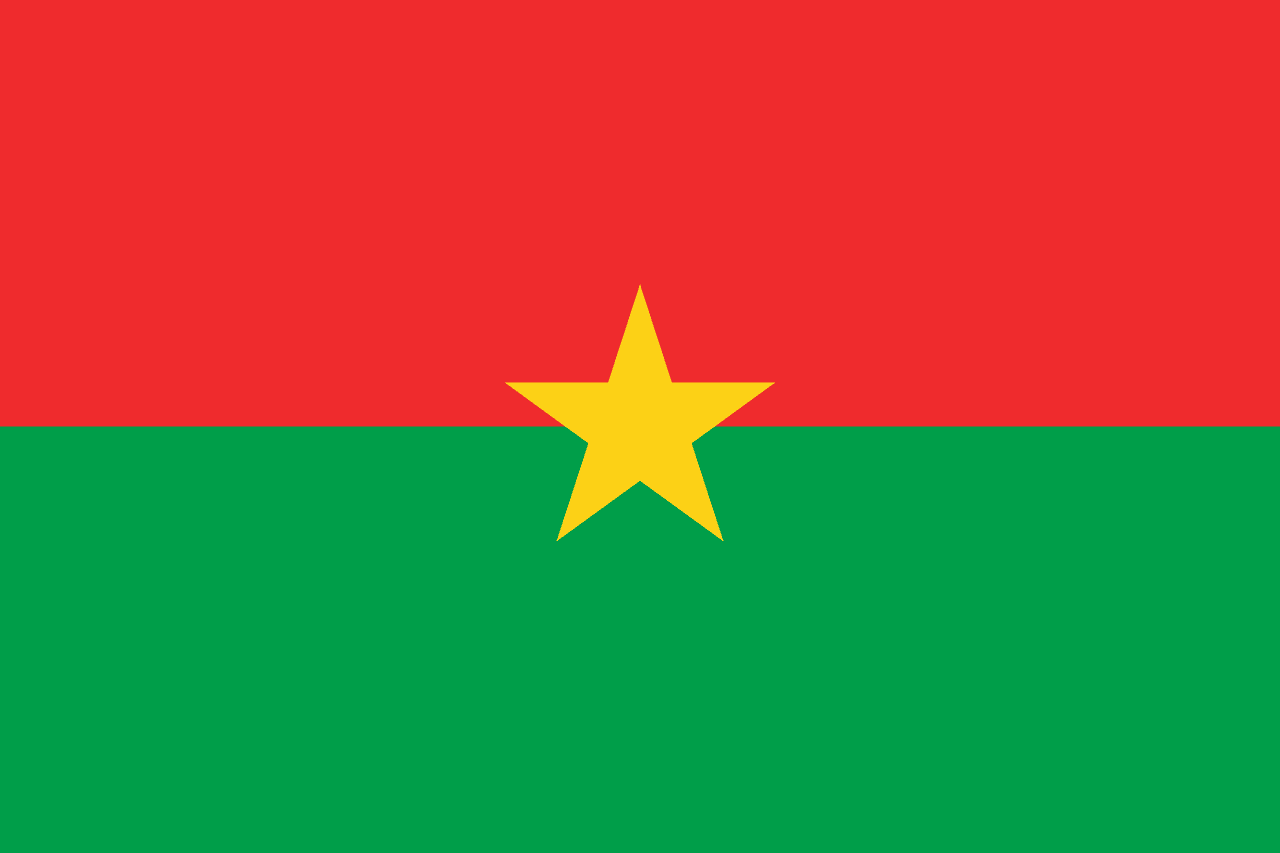
Symbolism
Red Band: Represents the revolutionary struggle and the blood shed by those who fought for independence and social justice, symbolizing the courage and determination of the Burkinabé people in their quest for freedom and dignity.
Green Band: Represents the agricultural wealth and natural resources of the country, symbolizing hope for a prosperous future and the fertile lands that sustain the predominantly rural population.
Yellow Star: Represents the guiding light of the revolution and the mineral wealth of the nation, particularly gold, serving as a symbol of the bright future and the revolutionary ideals that transformed the country.
History
- 11th-19th Century: Various kingdoms and empires including the Mossi Kingdoms dominated the region, with the Kingdom of Ouagadougou being the most prominent, resisting Islamic conquest from the north.
- 1896-1960: French colonial rule established the colony of Upper Volta in 1919, after initial resistance, with the territory being dissolved and reconstituted several times for administrative convenience.
- August 5, 1960: Upper Volta gained independence from France under President Maurice Yaméogo, adopting a flag with white, black, and red horizontal stripes during the early years of independence.
- 1966-1983: A series of military coups brought different leaders to power, including Sangoulé Lamizana and Saye Zerbo, with the country struggling with drought, economic challenges, and political instability.
- August 4, 1983: Captain Thomas Sankara came to power in a revolutionary coup, implementing radical socialist policies and pan-African ideals that transformed the country's political and social landscape.
- August 4, 1984: Sankara changed the country's name from Upper Volta to Burkina Faso (meaning 'Land of Upright People') and adopted the current flag to reflect the revolutionary transformation and African identity.
- October 15, 1987: Thomas Sankara was assassinated in a coup led by his former ally Blaise Compaoré, who reversed many of Sankara's policies and ruled for 27 years.
- 1987-2014: Blaise Compaoré's long rule brought stability but also authoritarianism and corruption, with the flag representing a country increasingly distant from Sankara's revolutionary ideals.
- October 30-31, 2014: A popular uprising forced Compaoré to flee the country when he attempted to change the constitution to extend his rule, leading to a democratic transition.
- 2015-Present: Democratic elections brought Roch Marc Christian Kaboré to power, though the country faces increasing security challenges from jihadist groups operating across the Sahel region.
Trivia
- Burkina Faso means 'Land of Upright People' - 'Burkina' means upright in Mooré and 'Faso' means country in Dioula, reflecting the multilingual nature of the nation.
- The flag represents a landlocked country in the heart of West Africa, surrounded by six nations and dependent on coastal neighbors for trade access.
- Thomas Sankara, who designed the current national identity, was known as 'Africa's Che Guevara' for his revolutionary ideals and anti-imperialist stance.
- The country is one of the world's largest cotton producers, with cotton being a major export crop that employs millions of farmers.
- Gold mining has become increasingly important to the economy, with both industrial mining and traditional artisanal mining contributing significantly to GDP.
- Over 60 languages are spoken in Burkina Faso, with French as the official language and Mooré, Dioula, and Fula among the most widely spoken indigenous languages.
- The flag flies over a country known for its vibrant film industry, hosting the biennial FESPACO (Pan-African Film and Television Festival of Ouagadougou), Africa's largest film festival.
- Burkina Faso has a young population with over 60% under age 25, reflecting high birth rates and the demographic profile common across the Sahel region.
- The country faces severe challenges from climate change, with increasing desertification and unpredictable rainfall affecting agricultural productivity.
- Traditional music and dance are central to Burkinabé culture, with the balafon (wooden xylophone) being a particularly important instrument.
- The Mossi people make up about half the population and maintain traditional chieftaincy structures alongside modern democratic institutions.
- Burkina Faso has made significant progress in primary education enrollment, though quality and secondary education access remain challenges.
- The flag represents a country where French colonial currency (CFA franc) is still used, linking it economically to France and other former French colonies.
- Since 2015, the country has faced increasing security threats from jihadist groups, leading to internal displacement and humanitarian challenges.
- Despite being landlocked and poor, Burkina Faso has a strong tradition of solidarity and community support systems that help people cope with economic hardship.
Related Countries
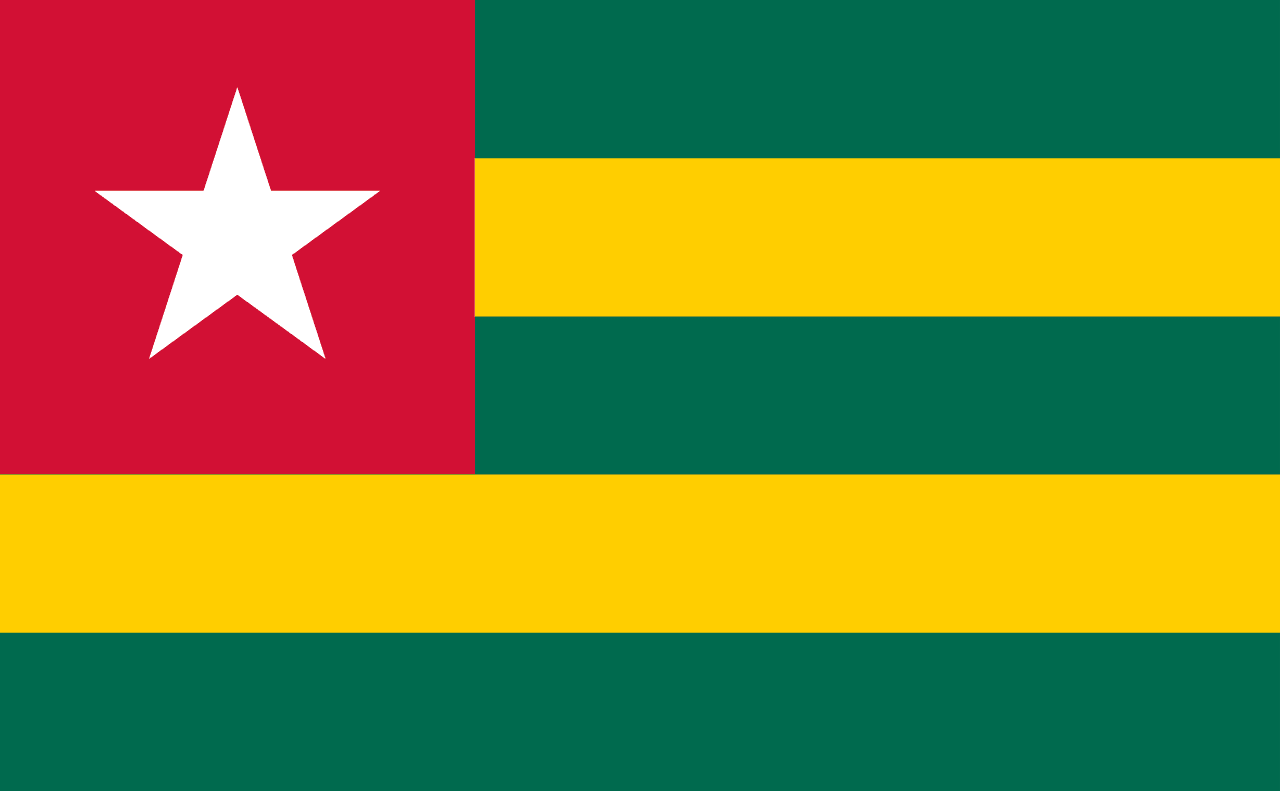
Togo
Africa
Five horizontal stripes alternating green and yellow with a blue canton containing a white five-pointed star, representing the country's forests and agriculture, mineral wealth, the blood shed for independence, hope and purity, and the unity of the Togolese people under one star.

Ghana
Africa
The flag of Ghana and its meaning.
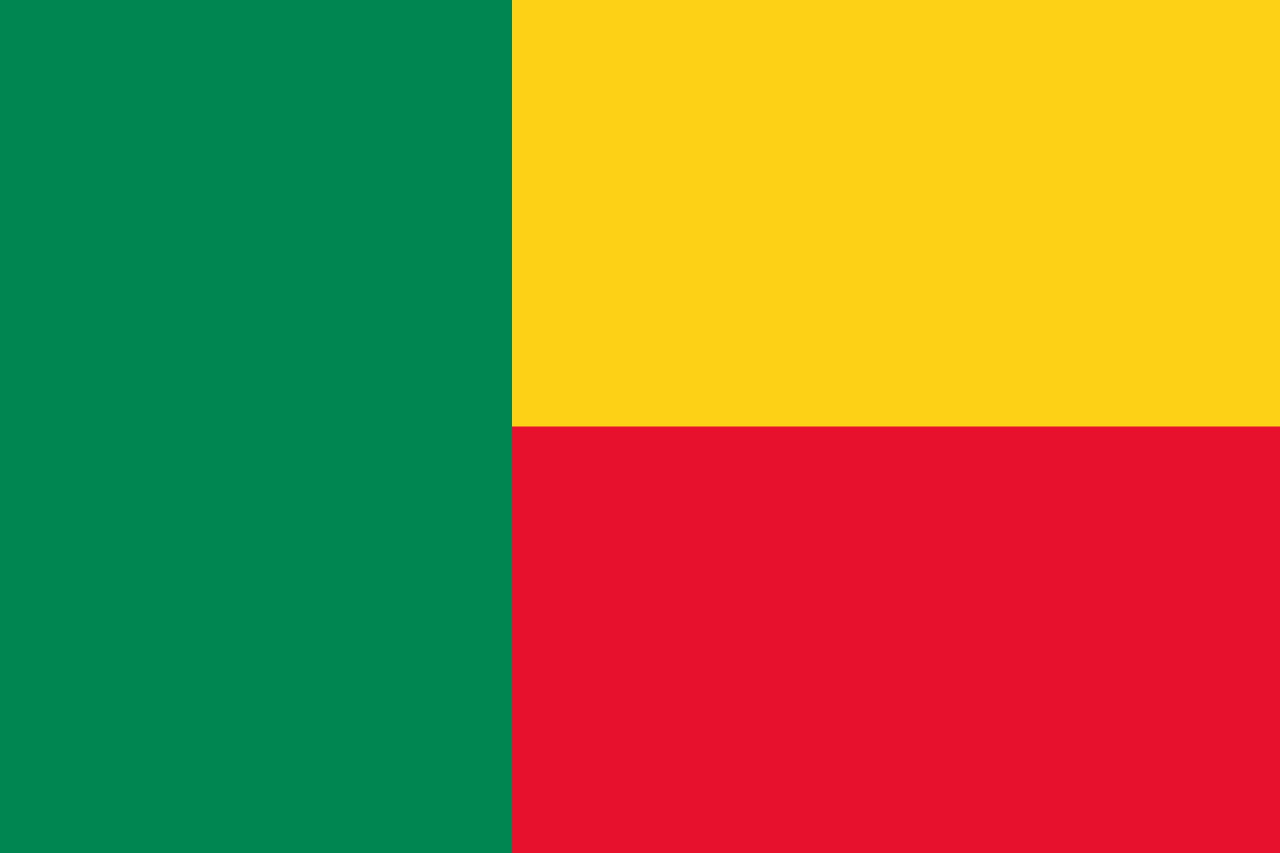
Benin
Africa
A vertical green stripe on the hoist side with horizontal yellow and red stripes on the fly side, representing the forests and hope of the nation, the savannah and mineral wealth, and the courage and blood of the ancestors, using the Pan-African colors that symbolize African unity and liberation.
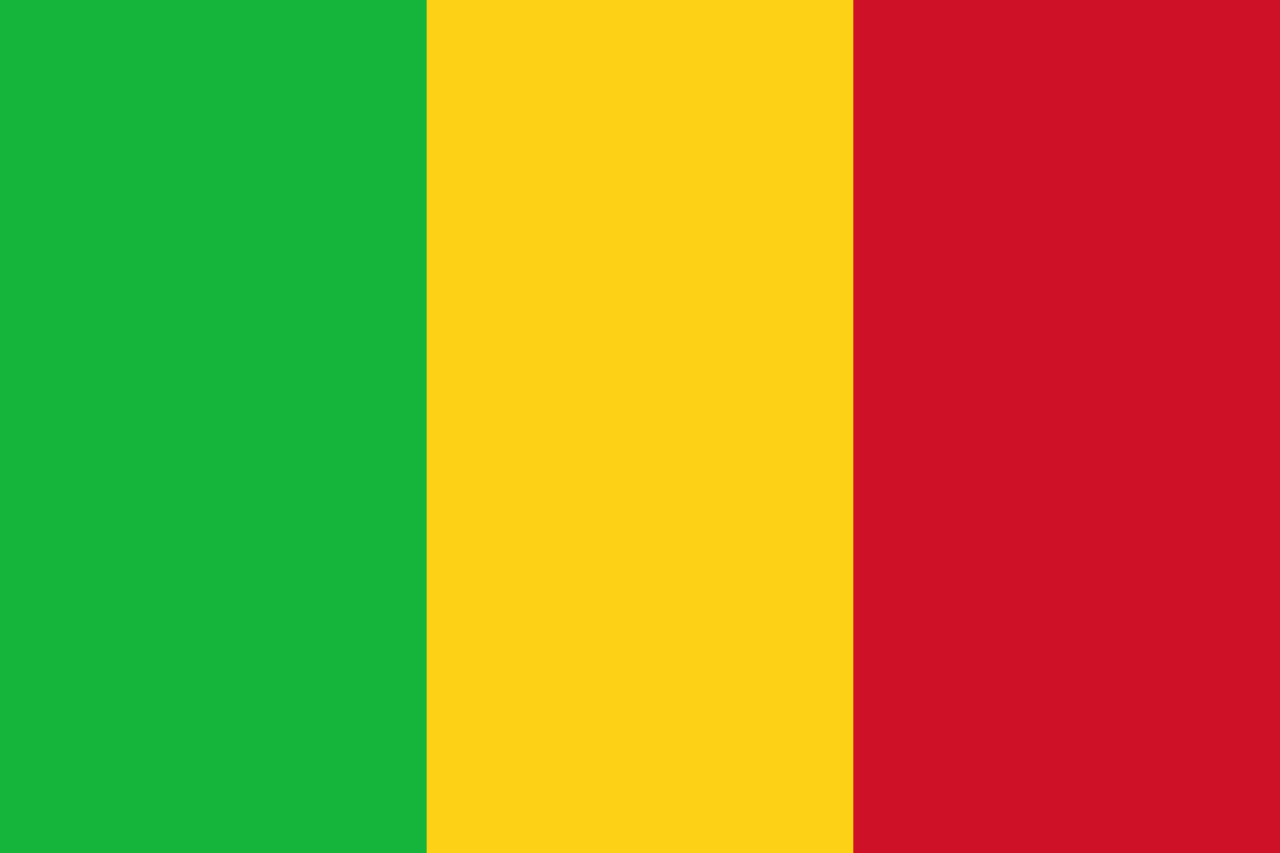
Mali
Africa
Three vertical stripes of green, yellow, and red representing Mali's agricultural potential, mineral wealth, and the blood of independence fighters, connecting modern Mali to both Pan-African ideals and its legacy as home to medieval Africa's greatest empires.
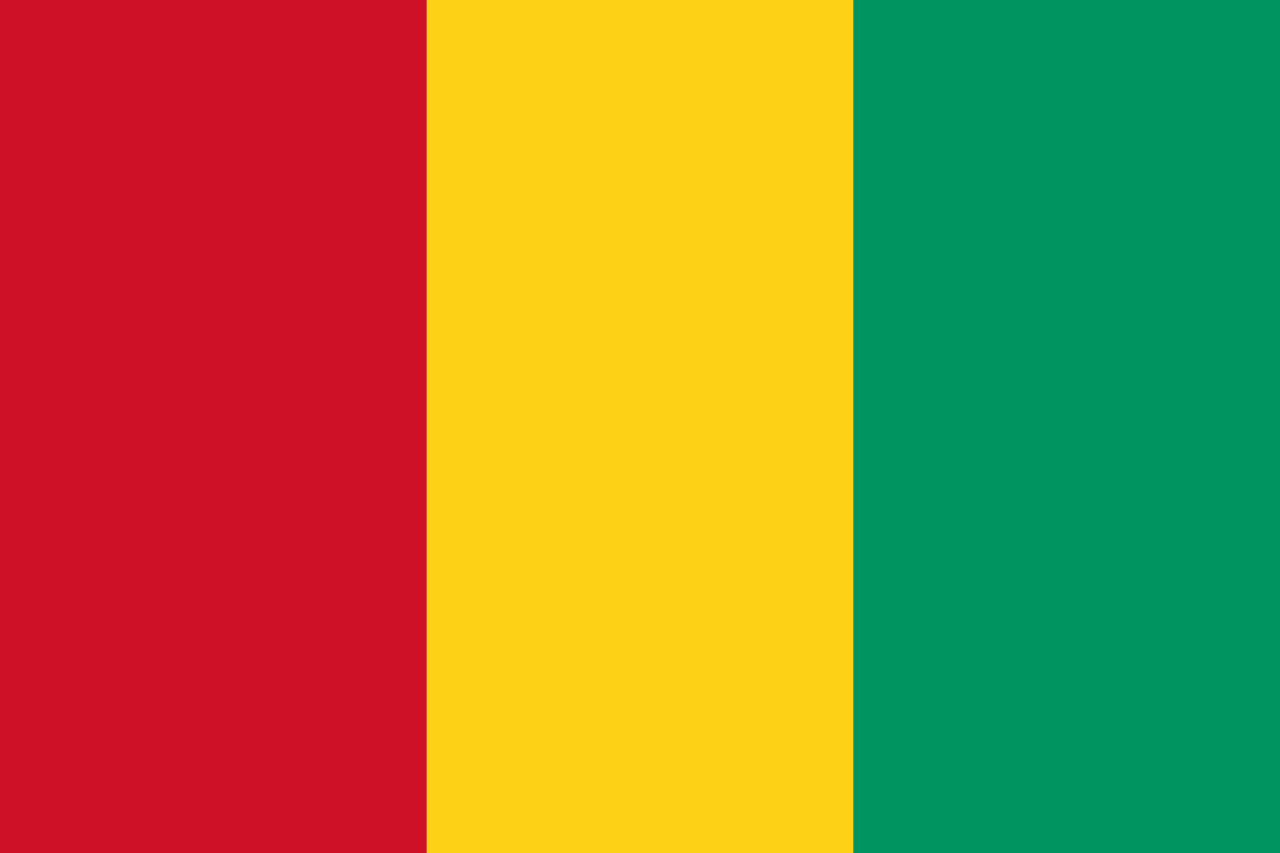
Guinea
Africa
Three equal vertical stripes of red, yellow, and green representing the Pan-African colors, with red symbolizing sacrifice, yellow representing the sun and mineral wealth, and green representing the country's vegetation and agriculture.
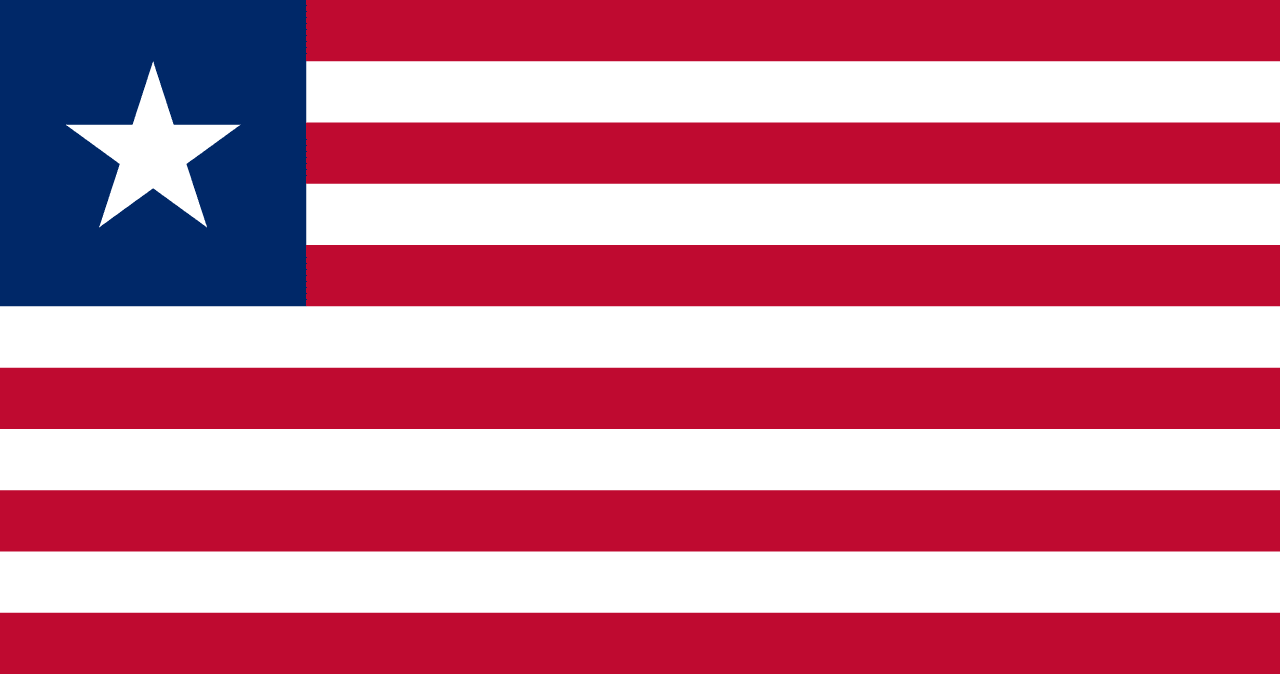
Liberia
Africa
Eleven alternating red and white stripes with a blue canton containing a single white five-pointed star, representing Africa's first republic founded by freed American slaves and its role as a beacon of freedom on the continent.